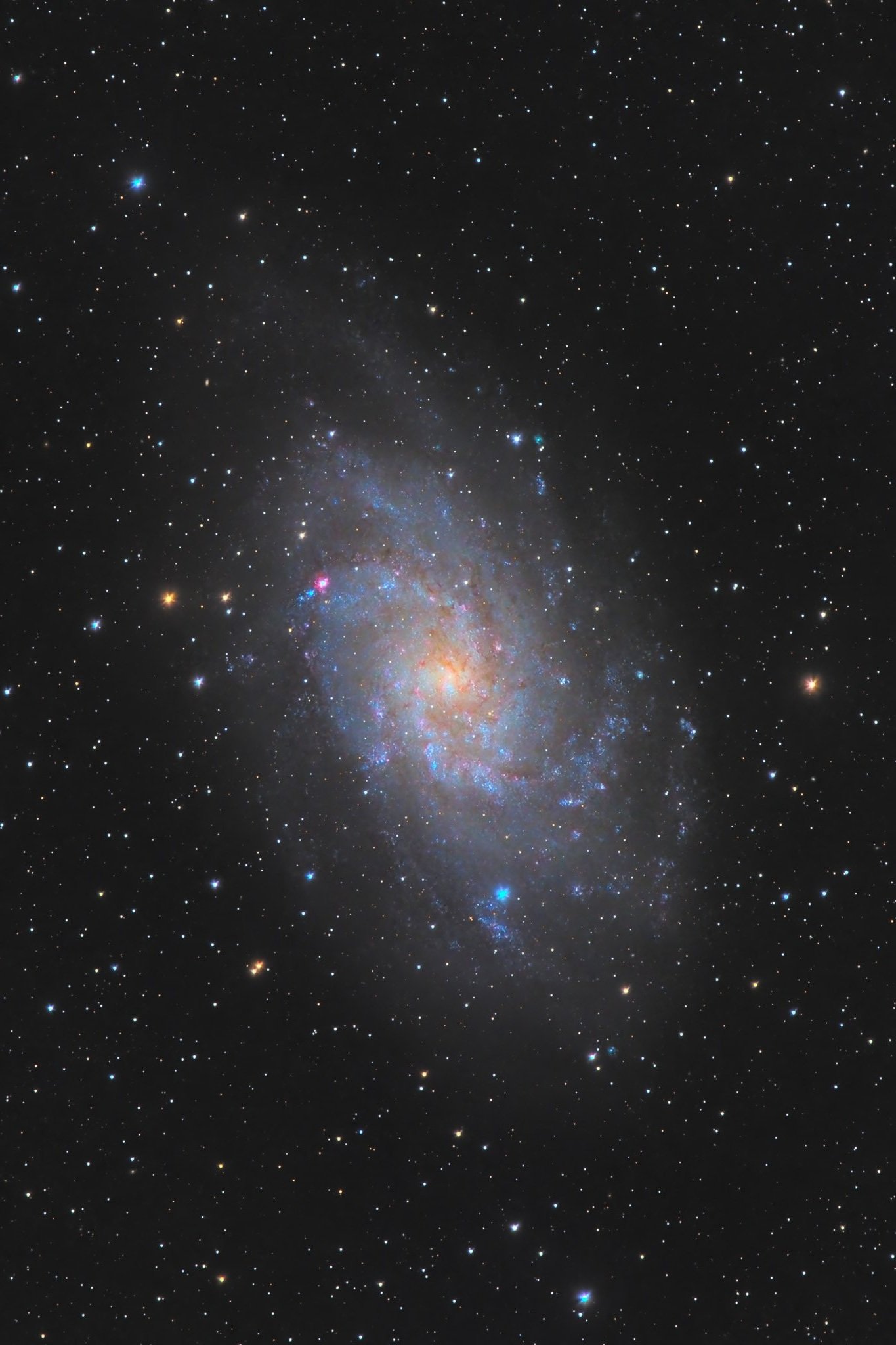The Night Sky - Episode 5
TRIANGULUM
Here’s a look at the Triangulum galaxy. Scroll on to read more about one of our galactic neighbours.
This is episode 5 in my series on our night sky. View episode 4 here.
The Triangulum galaxy is the second closest major galaxy to our own galaxy, the Milky Way. It is also designated Messier 33 (or M33).
Also known as M33, Triangulum is the second closest galaxy to Earth.
The galaxy is named after the region in the night sky where it appears — near the constellation of Triangulum, which, exactly as it sounds, appears as a triangle of stars. Further away from us than our closest neighbouring galaxy, Andromeda, Triangulum (M33) is over 2.75 million light-years away from Earth. It is the third largest member of the Local Group of galaxies, which includes the Milky Way, Andromeda, and several other smaller galaxies.
To understand where to find M33, we must first look for the Triangulum constellation.
Ultra-wide field of view of the night sky showing where to locate the Triangulum galaxy.
Image is at 14mm field-of-view.
Several prominent constellations can be seen in the image above, and by star-hopping from one constellation to the next, we arrive at the Triangulum constellation. This constellation is made up of three stars forming a triangle. M33 is found between the constellations of Triangulum and Andromeda.
A quick note about sky quality and darkness for astrophotography.
Taking pictures of deep-sky objects like M33 requires dark skies. Dark skies can be found in locations with low levels of ambient light pollution, usually far away from population centres. The night sky's brightness in a particular location is measured using the Bortle Dark-Sky Scale. The Bortle Scale is a nine-point system for measuring the night sky's darkness at a particular location. The images on this page were taken in a location with Bortle class-3 skies. A rating of 3 on the Bortle scale indicates that the sky is moderately dark, with most stars and constellations visible, and the Milky Way is visible as a diffuse band of light. In contrast, a rating of 1, the lowest possible rating on the Bortle scale, indicates a very dark sky, with the Milky Way clearly visible and many stars and deep-sky objects easily observable.
M33 is not easily visible to the naked eye, even under dark skies, and definitely not under Bortle-3 skies.
A single 180 seconds exposure of the Triangulum galaxy.
Image is at a 640mm field-of-view.
However, using a technique known as “stacking,” it is possible to take many photographic exposures of one location in the night sky and combine them using software to amplify the faint light of deep-sky objects while averaging the noise. The resulting stacked image below shows the beautiful spiral structure of M33, with its brightly glowing core and sweeping arms of stars and gas. The dark dust lanes in the galaxy are also clearly visible, adding depth and texture to the image.
A stack of the Triangulum galaxy using 74 images each of 180 seconds for a total of 3.7 hours. This is equivalent to keeping the camera shutter open for 3.7 hours to gather light.
One of the things that make M33 such an interesting target for astrophotography is its relatively large size and high surface brightness. In addition to its stunning appearance, M33 is also an important object for astronomers because of its proximity to our own galaxy. Studying M33 can provide valuable insights into the structure and evolution of spiral galaxies like the Milky Way.
Stacked image of Triangulum galaxy after processing in PixInsight - a specialized software package for processing astronomy data.
Capture details
Camera: Astro-modified Canon 80D
Lens: Sigma 100-400mm f/5-6.3 DG OS HSM
Focal length: 400mm (equivalent of 640mm full-frame)
f-Ratio: 6.3
ISO: 800
Sub-exposure length: 180 seconds
Number of exposures: 74
Total integration time: 3.7 hours
Calibration frames: 30 darks, 30 flats, 30 bias
Mount: SkyWatcher Star Adventurer
Guide camera: ZWO 120mm mini
Guide scope: ZWO Mini Guide scope
Capture control: ZWO ASIAir Pro
Dew control: CooWoo dew heater
Sky quality: Bortle 3
Moon phase: No moon
Processing: PixInsight






